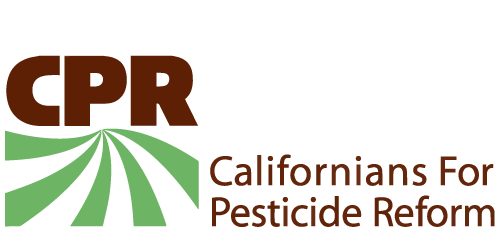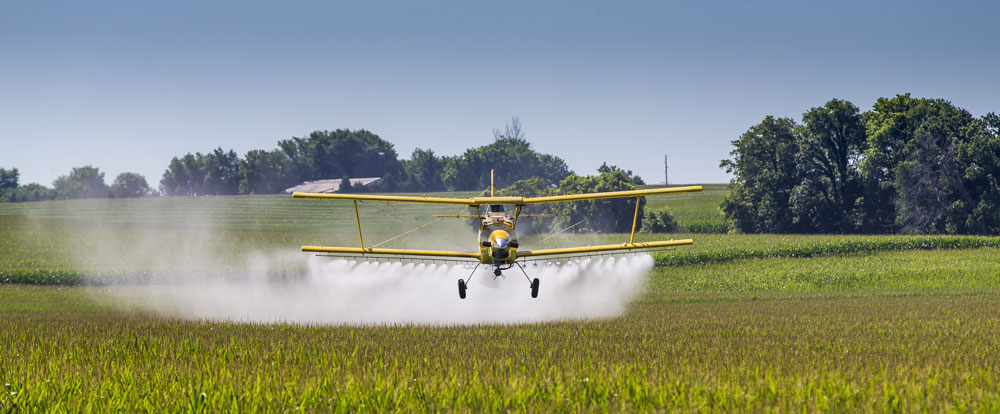Sacramento, CA: Agricultural pesticide use in California remains at a near-record high, according to data quietly released this week by the state agency responsible for tracking pesticide use. The California Department of Pesticide Regulation’s (DPR) latest numbers paint a grim picture of the state’s continued reliance on vast quantities of agricultural pesticides – 209 million pounds in 2016. That’s the third highest since reporting began in 1990. The greatest burden continues to be borne by the San Joaquin Valley, with half (106 million pounds) used in just five counties – Fresno, Kern, Tulare, San Joaquin and Madera.
“Given these bleak numbers, it is no surprise that DPR skipped their usual press announcement and quietly posted the data on their websitewithout fanfare,” said Angel Garcia, community organizer with the Tulare County Coalition Advocating for Pesticide Safety.
Once again, among the top five most heavily used pesticides in 2016 were DowDuPont’s hazardous, drift-prone fumigant 1,3-dichloropropene (Telone) and Monsanto’s blockbuster herbicide glyphosate (Roundup), both carcinogens. Telone was found in the air at levels so hazardous it was banned outright in California in 1990. It was brought back in 1995 in a backroom deal between the manufacturer and DPR, the regulator, in which DowDuPont was allowed to create special rules for its reintroduction and was handed the authority to track its use. Last year, despite pressure to further restrict this widely used hazardous chemical, DPR actually increased allowed usage by 50%.
“We are saddened but not surprised that Telone use continues unabated in California, given DPR’s unconscionable abdication of their regulatory authority to DowDuPont. There can be no clearer example of putting the fox in charge of the henhouse,” said Sarah Aird, co-director of the statewide coalition Californians for Pesticide Reform.
One encouraging piece of news was reduced usage of the brain-harming organophosphate pesticide chlorpyrifos, which dipped just under a million pounds for the first time. Last year, a proposed nationwide ban of chlorpyrifos was reversed at the last minute by EPA Administrator Scott Pruitt, leaving California to take action to protect workers and residents from a chemical known to cause irreversible brain damage, even in tiny amounts. The overall downward trend in usage, from as much as 3.4 million pounds per year, comes as DPR considers banning the pesticide in California.
The alarming numbers in the 2016 data have many worried about the continued risk to the health and potential of children living and attending schools near pesticide use in California’s agricultural regions. A 2014 report by the California Department of Public Health (DPH) documented extensive use of hazardous pesticides within a quarter mile of public schools, with Latino children almost twice as likely as their white peers to attend one of the most impacted schools.
In response to that report’s disturbing findings, DPR enacted a new rule earlier this year restricting the most drift-prone application methods within a quarter mile of schools and daycares from 6am to 6pm on weekdays. The regulation also requires growers to provide an annual list of the pesticides they intend to use within one quarter mile of schools to school and daycare administrators as well as to County Agricultural Commissioners, who are responsible for carrying out local pesticide enforcement under DPR oversight. Despite community calls for this information to be made public, DPR has refused to do so.
“It’s very hard to understand why DPR would continue to place obstacles between the public and the information they need in order to protect themselves and their families,” said Lupe Martinez, Assistant Director of the Center on Race, Poverty & the Environment in Kern County. “The 2016 data is a stark reminder of the magnitude of the pesticide exposure risk faced wherever food is grown in California, and especially the risk for children who are the most vulnerable to their devastating health impacts.”

